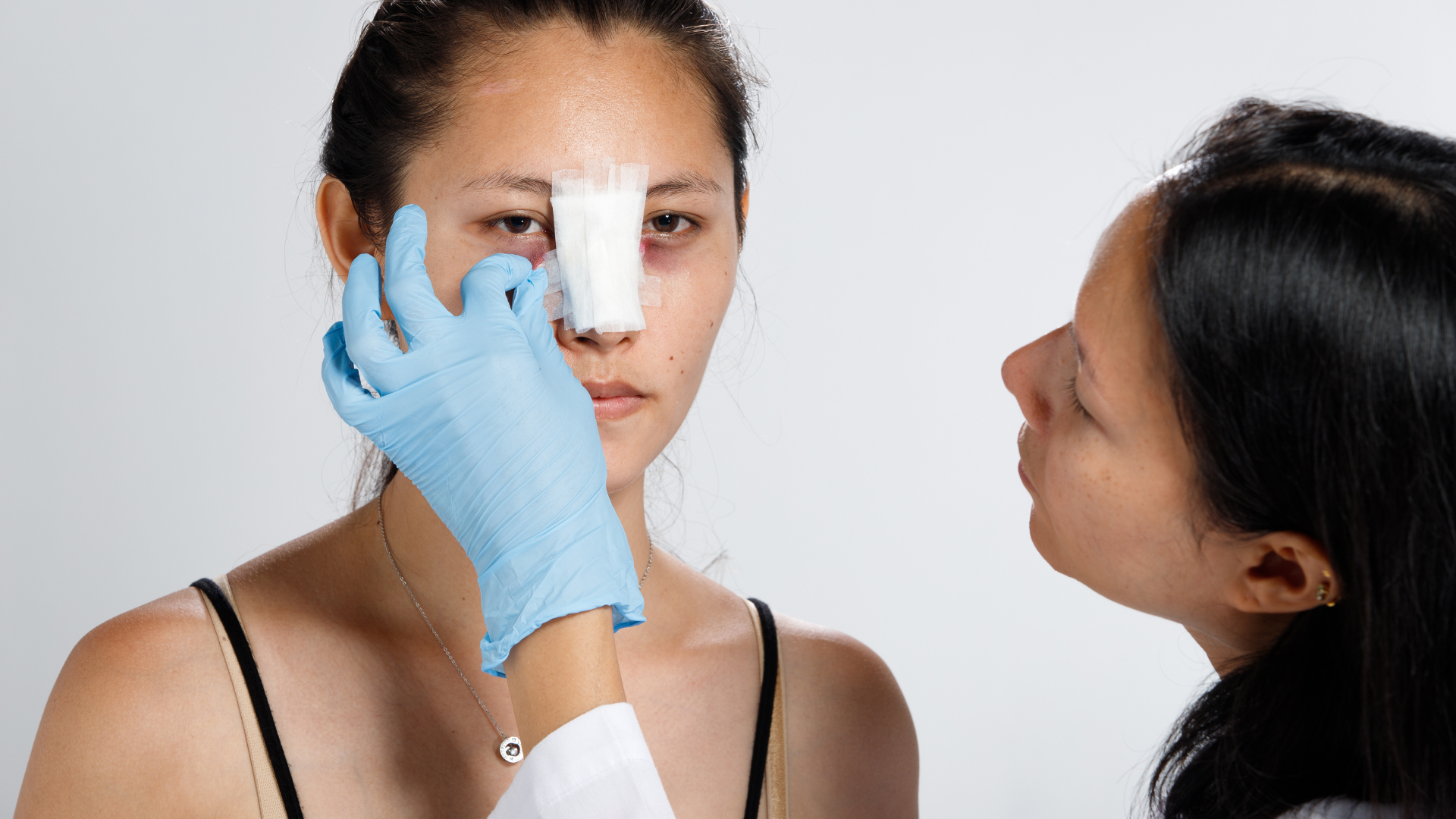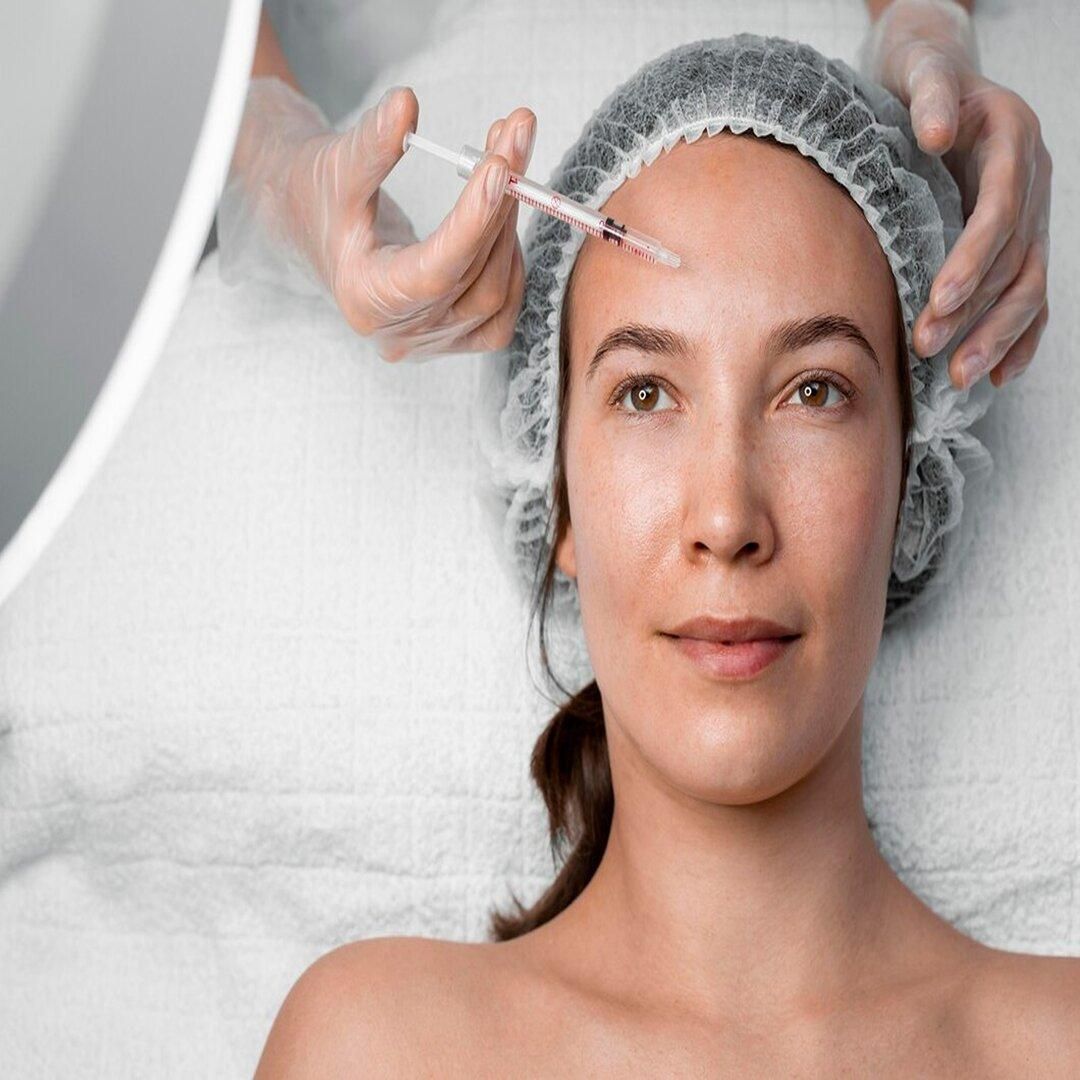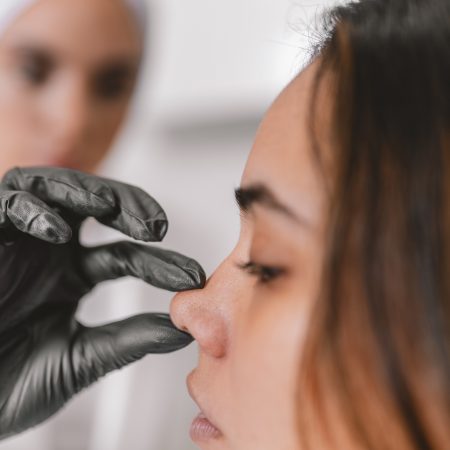PDO Thread Lift v.s. Rhinoplasty
Comparing PDO Threads to Rhinoplasty

When considering cosmetic procedures for nose reshaping, two options are at the top of the list: rhinoplasty and PDO (polydioxanone) threads. While both aim to enhance the appearance of the nose, they have different techniques and cater to varying preferences and needs.
Rhinoplasty, commonly referred to as a nose job, is a surgical procedure that involves reshaping the nose by modifying its bone and/or cartilage. This method allows significant changes to the nose's size, shape, and overall structure. A rhinoplasty can address various concerns, including a dorsal hump, low nasal bridge, wide nostrils, asymmetry, or a drooping tip. The procedure can involve making incisions either within the nostrils (closed rhinoplasty) or under the nose (open rhinoplasty) to access the nasal structures.
Those who have done their research will likely have heard about PDO threads, whereas some people may ask what is a thread lift, as it is still a relatively new procedure compared to rhinoplasty. They are dissolvable sutures used to lift and support various parts of your nose, such as the bridge or tip. These threads are inserted beneath the skin during the procedure to stimulate collagen production, gradually enhancing the nose's contour over time. Unlike rhinoplasty, PDO threading procedures usually require only local anesthesia and entail minimal downtime.
When to Consider a Nose Job
Choosing to undergo a nose job, whether through rhinoplasty or PDO threads, is a significant decision that requires careful consideration. While the timing varies from person to person, there are several important factors to weigh when contemplating these nasal reshaping procedures, including what is a thread lift.
People who are unhappy with the appearance of their nose and have realistic expectations about what these procedures can achieve are typically good candidates for either rhinoplasty or a nose thread lift. Common aesthetic concerns that may draw someone to consider these options include a dorsal hump, wide or asymmetrical nostrils, a drooping nasal tip, or overall disproportionality in other facial features.
Functional issues can also play a role. Conditions such as a deviated septum, which can obstruct airflow and cause breathing difficulties, may require surgical intervention to address both functional and aesthetic concerns simultaneously.
Psychological factors are equally important to consider. People who experience significant emotional distress or a negative impact on their self-esteem due to the appearance of their nose may find relief and improved confidence through either rhinoplasty or a nose thread lift.
Factors such as age, overall health, and lifestyle considerations influence the personal choice of timing. While these procedures can be performed on young people, it's crucial to ensure that the nose has fully developed before proceeding with surgery. Being in good overall health and having realistic expectations about the recovery process and final results are essential considerations.
Understanding Nose Procedures

Comparing nose thread lift procedures for nose reshaping to traditional rhinoplasty highlights several advantages and disadvantages, helping you make informed decisions aligned with your preferences and needs.
Advantages of Nose Thread Lift:
Non-surgical: PDO threading procedures stand out for their non-surgical approach. Unlike rhinoplasty, which involves incisions and manipulation of nasal bones and cartilage, threads are minimally invasive, reducing tissue trauma, scarring, and recovery time.
Minimal downtime: Thread procedures for nose reshaping usually require minimal downtime. People can resume daily activities shortly after the procedure, with swelling and bruising subsiding within days to a week.
Natural-looking results: Stimulating collagen production, PDO threads lead to gradual improvements in nose contour over time. This results in natural-looking enhancements that complement facial features, with fewer risks of sudden or drastic changes.
Versatility: PDO threads can address various concerns in nose reshaping, including nasal bridge augmentation, tip refinement, and minor asymmetry correction, allowing for customized treatment plans tailored to your aesthetic goals.
Disadvantages of Nose Thread Lift:
Limited effectiveness for complex issues: While threads can improve nose contour, they may not help overall complex aesthetic concerns or structural issues which may require surgical intervention like rhinoplasty for comprehensive correction. Recognizing its limitations is the key to understanding what a thread lift is.
Temporary results: Thread results are not permanent and may diminish over time as the threads dissolve, potentially requiring periodic touch-up treatments to maintain desired results.
Potential complications: Like any cosmetic procedure, PDO thread nose reshaping carries risks such as bruising, swelling, asymmetry, dimpling, or thread migration. Choosing a qualified medical provider is crucial to minimize these risks.
Cost considerations: While generally less expensive than rhinoplasty, thread procedures' costs can vary based on factors like the number of threads used, treatment complexity, and the potential long-term investment in touch-up treatments.
Advantages and Disadvantages of Rhinoplasty
While rhinoplasty offers both aesthetic and functional benefits, you must weigh these against potential risks and costs before making a decision.
Advantages of Rhinoplasty:
Enhanced aesthetic appearance: Rhinoplasty tackles various aesthetic concerns, enhancing facial balance and appearance through reshaping the nose.
Improved self-confidence: Many patients experience increased self-esteem and confidence after rhinoplasty, addressing long-standing insecurities about their nose.
Functional benefits: Rhinoplasty can also correct structural issues within the nose, improving breathing and nasal function.
Long-lasting results: While results may vary, rhinoplasty generally provides long-lasting improvements to both the aesthetic appearance and function of the nose, offering patients to be happy with their results.
Disadvantages of Rhinoplasty:
Surgical risks: Rhinoplasty carries inherent risks like infection, bleeding, and poor wound healing, although serious complications are rare.
Long recovery period: Patients may experience swelling, bruising, and discomfort during the recovery period, with full results taking months to become apparent.
Potential for unsatisfactory results: Despite careful planning, there's a chance the outcome may not meet expectations, possibly necessitating revision surgery.
Financial considerations: Rhinoplasty can be a significant financial investment, including surgeon's fees, facility costs, and post-operative care expenses.
Whether you're leaning towards PDO threading or rhinoplasty, both options come with unique benefits and considerations. It's crucial to weigh these factors against potential risks and costs, all while keeping your personal preferences and goals in mind.
Ultimately, your decision should align with what best suits your needs, desires, and expectations. Consulting with a qualified practitioner can provide invaluable guidance, helping you navigate the journey toward achieving your desired nose shape and appearance.
Sign up for Newsletter
Get the latest updates, events, sales, training opportunities and more on MINT™ PDO!
Sign up for Newsletter
Thank you for signing up for our newsletter! You will be the first to know about new releases, events, giveaways, and special projects!
Please try again later.
Disclaimer: This site is intended for healthcare professionals who have received proper education on the use of cosmetic sutures. MINT™ PDO products are subject to regulation by the U.S. Food and Drug Administration and state and local regulatory agencies [FDA Clearance (K130191, K192423, K220549). The information on this site does not, and cannot, provide medical advice and is for general informational purposes only. If you are a patient it is important to discuss health information with your doctor. Individual results may vary. Hans Biomed’s provision of products, training, or other services to a medical provider, or the listing of a medical provider as using Hans Biomed products or services, including training, does not constitute Hans Biomed’s endorsement, representation of assurance regarding the medical provider’s qualifications, skills or experience, or affiliation. Medical providers are independent of Hans Biomed and subject to their jurisdiction’s licensing requirements. Hans Biomed assumes no liability for services provided by any medical provider. Patients are advised to independently investigate the qualifications of any medical provider. Hans Biomed provision of products, training or other services to medical providers is not intended, in any way, as the practice of medicine. Hans Biomed product information in any website, product brochure, or in response to any patient inquiry is intended for informational purposes only and makes no guarantee regarding any medical procedure. Decisions whether to use Hans Biomed’s products or their appropriateness for use should be done in consultation with one’s medical provider.
© Copyright 2022 | All Rights Reserved | MINT™ PDO



